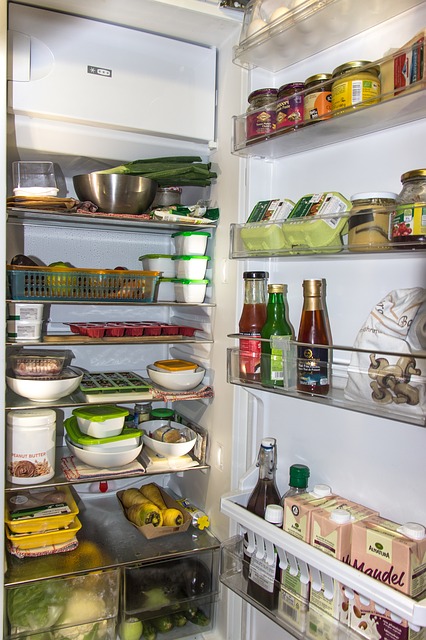Following food safety guidelines and understanding is also an significant part cooking. Nobody would like to create clients or their guests ill, should you follow some tips, and it can be prevented in the first place. However, what is a food borne disease?
Food borne disease is what happens when food becomes polluted. There are three forms of food contamination. Biological contamination (like viruses, bacteria,and mold), Physical pollution, (such as hair, pieces of plastic in packaging etc.) and Chemical contamination (like from cleaning goods, or toxins generated from metals.)
The type is when germs etc, develop to a place where it’s harmful to consume, food contamination, which occurs. This sort of contamination improperly cleaned tools and surfaces, can come from hands and utensils. Viruses, bacteriaall thrive on perishable foods like,fish and uncooked meats, dairy products, cooked tofu and veggies. That is why it’s essential to store and cook foods, to restrict the amount.
How can you avoid contaminating your meals?

Temperature and Time play a role here. Bacteria, molds etc.. all develop a good deal faster in warm states, and the more these small critters are stored at the “risk zone” the quicker they multiply.
The danger zone because it’s called is between 4C and 60C (or 40F and 140F). Outside this temperature range, organisms that are harmful grow or are murdered of. That’s where time comes in, every 20 minutes or so the number of bacteria in or on meals can twice if it cooked or isn’t stored.
Four hours is your highest standard period of time that food could be held at the risk zone in many regions of Canada. Including times, cooking times, and prep time. It’s OK to maintain meals for protracted intervals over 60C, like on a buffet in which it is to melt, but food ought to warm to deliver this up.
- Should you have to cool down food, do this as speedily as you can bring down the temperature down at which the increase of germs comes to a standstill. It’s a great idea to utilize ice tubs, stir the food when it’s cooling down, and leaving things found until cool in the refrigerator.
- To steer clear of contamination, ensure your own hair is tied back in the event that you’ve got long hair, that when you’re unpacking food goods or placing them off, you dispose of the packaging material, and your hands are washed and cleaned.
- Avoid wearing jewelry earings and rings that have a tendency to fall off.
- Wear gloves if your hands are wet or greasy, therefore it can not fall off in case you’ve got a band aid on.
- Avoid using glassware and dinner. All of these are examples of what could be done in order to prevent getting items.
- Chemical contamination, can occur from many resources. The one is gear and counter tops. You face the chance of these end up next time you visit prepare yourself, if you don’t correctly rinse things you’ve washed with chemicals or degreaser.
- Use water after washing to wash surfaces well. You can get contamination from metals or other toxins that leach.
- Avoid storing acidic foods like tomato sauces in metal containers, even should you make sure they’re not aluminum or a different metal and food quality stainless steel. Never insure meats(or meals in general actually) using tinfoil for long-term storage.
- Should you be sure to set a coating of plastic wrap between food item and the tin foil. Acids in meats and other foods will split down tin foil leaving you flecks of metal to enjoy!
You’re well on your way to keeping food safe to consume if you make certain that you keep foods as frequently as you can, you operate in a environment with the equipment and tools.

